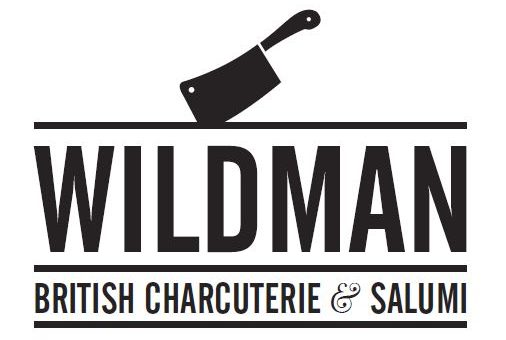The ‘uncured’ bacon illusion: It’s actually cured, and it’s not better for you. Nitrite & Nitrate
The issue is that “uncured” bacon is actually cured. It’s cured using exactly the same stuff — nitrite — used in ordinary bacon. It’s just that, in the “uncured” meats, the nitrite is derived from celery or beetroots or some other vegetable or fruit naturally high in nitrate, which is easily converted to nitrite. In ordinary bacon and cured meats, the nitrite is in the form of man-made sodium nitrite. But the nitrite molecule is the same, no matter its source.
It’s worthwhile to take a moment to understand the difference between nitrate and nitrite. (Besides, without at least some eye-glazing detail, how would you know it was me?) I asked Jeff Sindelar, professor of meat science at the University of Wisconsin at Madison, to explain the process. Nitrate is a molecule consisting of one nitrogen atom with three oxygens. That is easily converted (by an enzyme from bacteria) into nitrite, which has only two oxygens. When nitrite comes into contact with protein, it is converted to nitric oxide, which does the actual curing.
I know I said this already, but nitrite is nitrite, no matter where it comes from. Veg-derived nitrite does the same thing to the meat, and it has the same health implications (more on that later).
There is one difference, though. When the nitrite comes from sodium (or potassium) nitrite, it’s regulated (allowable levels vary by product). There are no limits for nitrite from celery powder. This doesn’t mean you should expect sky-high nitrite levels in “uncured” meats. Most of the tests that have been done find comparable levels, but at least one found veg-cured nitrite levels to be significantly higher.
But wait, there’s more. If you cure your bacon with celery rather than sodium nitrite, you are required by law to label that bacon “uncured.” You also have to include the statement “no nitrates or nitrites added.” That’s right. Required by law.
You can’t talk about that confusion without tackling the question of whether bacon causes cancer, an idea that took root because research done on rats in the 1970s led the FDA to propose a ban on sodium nitrite. It never happened, and subsequent research has cast doubt on that association.
The concern comes because, under certain conditions (like high heat), nitrite can be converted to nitrosamines, compounds that are widely agreed to be carcinogens. Fried bacon can contain nitrosamines, and, according to Sindelar, you can also end up with nitrosamines if you subject nitrate-containing vegetables to high heat in the presence of protein.
Washington Post, By Tamar Haspel, Columnist, Food. 22nd April 2019
